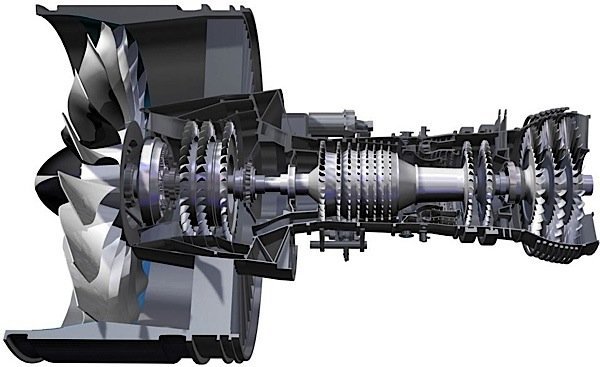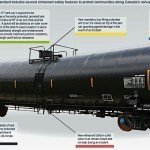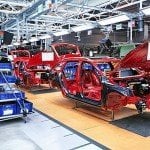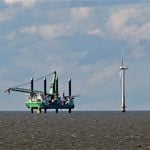Pratt & Whitney officials, as well as Bombardier, are downplaying the engine problem that grounded the new CSeries commercial jets, causing Bombardier to leave them out of its showing at the Farnborough International Airshow currently on in the UK. The cause of the engine failure during a recent ground test has been identified only as a “rear compartment, oil seal issue.” It had previously been reported that the problem was more serious, having to do with the low-pressure turbine, a key component of the engine. But P&W have characterized as “minor modifications” the changes they have put in place in the engine.
The engine, called the PurePower® PW1500G, which was certified by Transport Canada in February 2013, is a geared turbofan (GTF) type engine. This type of engine has been selected for several new narrow-body jet programs in development, including the Bombardier CSeries, Airbus A320neo, Mitsubishi Regional Jet and the Embraer E2 Jets. According to P&W, the PW1500G delivers a 20 per cent fuel burn advantage over other aircraft now flying. The company also claims reduced emissions and reduced noise as benefits of the new technology. Since September 2010 the engine has had 4,000 hours of testing, including 340 hours of flight testing.

The geared turbofan engine involves a high-speed, low-pressure turbine and high-pressure compressor. In describing the seal problem in the engine’s oil system, the president of P&W Commercial Engines, David Brantner said that the fan-drive gear system, the company’s proprietary technology, is “rock solid.”
The upstream intake fan is followed by a reduction gearbox that allows the low- and high-pressure turbines and compressors to run faster than the fan.
P & W issued a press statement about its geared turbofan engine program at Farnborough, saying that it has invested “billions of dollars” in the program and plans to see its entry into service begin in 2015 and continue over the next four years on five “major aircraft platforms.”

































